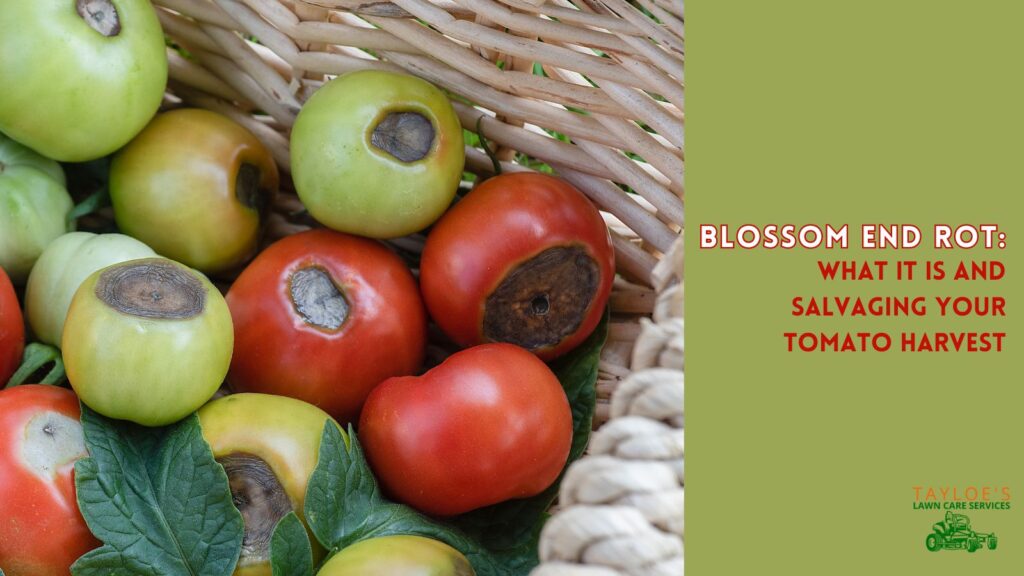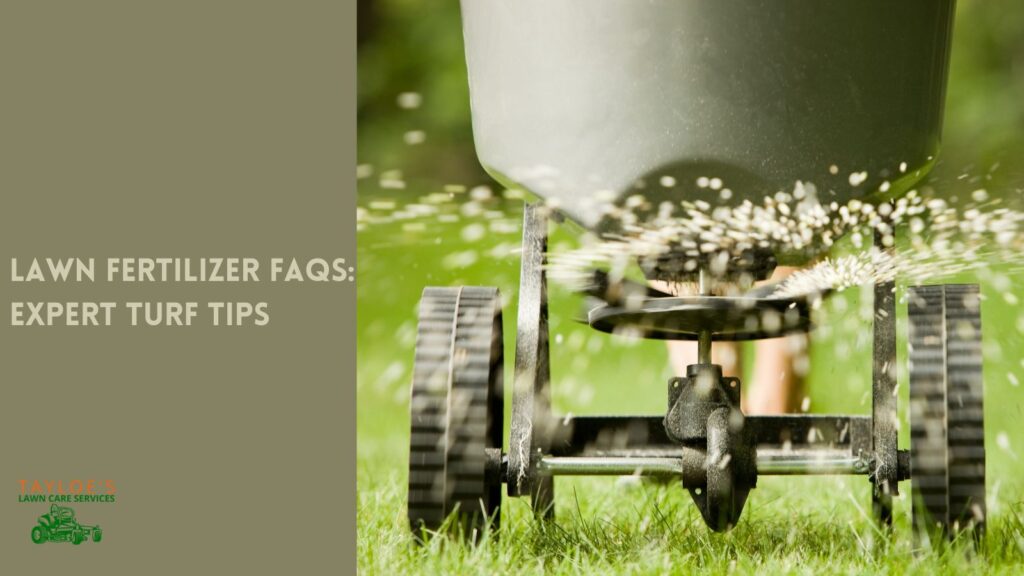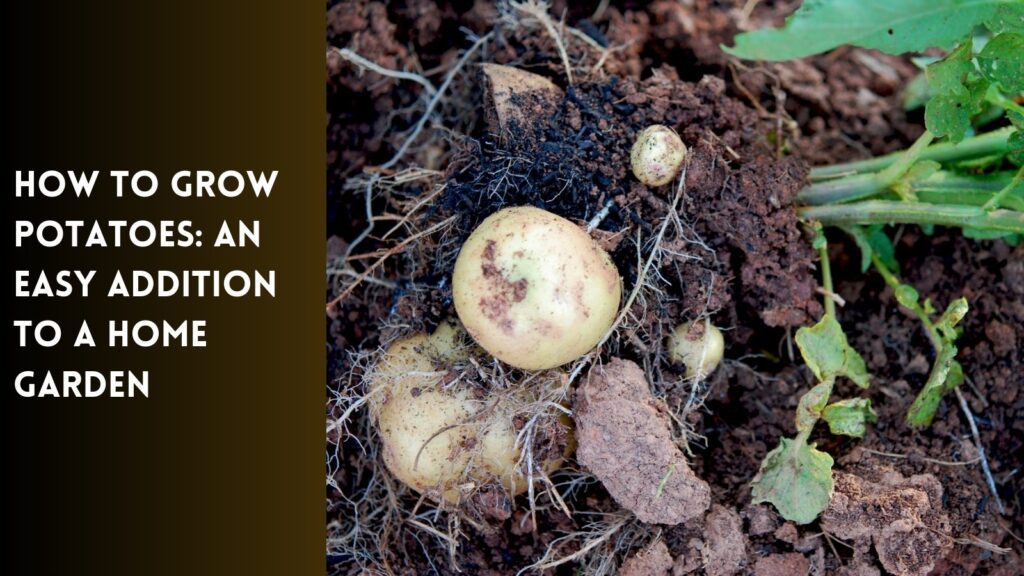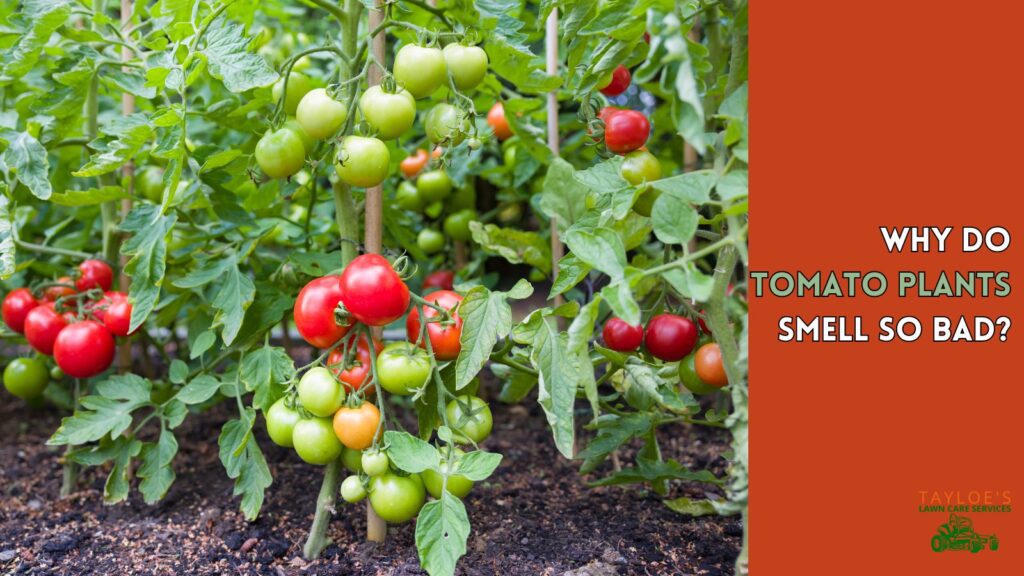Last Updated on: 22nd March 2024, 06:03 am
Here’s an early spring or fall crop, ideal for eastern North Carolina gardeners
Swiss chard (Beta vulgaris var. cicla) is a nutritional powerhouse that can be planted in early spring or late summer to reap its benefits. This cool-season vegetable quickly grows, with most varieties ready for harvest within 55 to 60 days after sowing. It’s resilient against the cold, enduring brief freezes in milder winter regions like USDA Hardiness Zones 7 or 8.
The plant boasts large, crinkly leaves that sprout from a central crown. When harvested correctly, Swiss chard will continue to yield leaves throughout the growing season. Although it’s a biennial, typically flowering in its second summer with petite yellow blossoms, gardeners often grow chard as an annual.
Five Favorite Types of Swiss Chard
- Fordhook Giant: Robust growth, flavorful dark green leaves.
- Perpetual: Spinach-like taste, quick regrowth after harvest.
- Rainbow (Five-color): Stems in shades of red, white, pink, yellow, and orange.
- Peppermint: Pink-and-white striped stems, bolt-resistant, great for containers.
- Lucullus: White stems, green leaves, heat-tolerant.

Regardless of the color, Swiss chard is packed with nutrients. Growing and caring for Swiss chard is straightforward, and gardeners often have questions about its cultivation. Chard is not demanding, thriving with regular watering, feeding, and sufficient spacing.
As a biennial, it produces leaves abundantly in the first year and then progresses to flowering and seeding in the second. It’s a cut-and-come-again vegetable that will regrow after cutting if the plant’s center remains undamaged.
Harvesting Swiss Chard
To ensure continuous growth, chard should be harvested when the leaves reach six to eight inches in height, cutting the larger outer leaves just above the soil surface while allowing the younger leaves to grow. The timing of planting Swiss chard seeds depends on the desired harvest season.
For a fall harvest, seeds should be sown six weeks before the first fall frost. Seeds should be sown two to three weeks before the last spring frost date for spring planting.
Optimal Growing Conditions
Chard prefers full sun but can tolerate partial shade, requiring four to six hours of direct sunlight most days. It can also be grown in a greenhouse with adequate lighting, and soaking the seeds before planting can expedite germination.
Chard is suitable for container gardening, provided the potting mix is well-draining and there is enough room for plant growth.
How to Grow Swiss Chard Seeds:
You can use this method to direct-sow the seeds into the earth. Or, you can start them indoors (as described below) and harden them off to transplant later.
- Find a sunny spot for your seeds.
- Begin by soaking the seeds in water—preferably overnight—to ease germination.
- Moisten the potting soil with enough water so it clumps when you squeeze.
- Fill your medium-large pot (or directly into the ground) with the moistened potting soil to about ¾, leaving the top space for watering.
- Sow the seeds ½- inch deep and six inches apart. Sow close together if you intend to thin them out later.
- Sprouting should occur in seven to ten days.
- Keep the soil evenly moist by watering from the bottom rather than the top so you don’t damage the delicate seedlings.
To do that, place the pot in water until the mix is sufficiently moist.
- Begin feeding the plants with organic liquid fertilizer once the leaves are four to six inches tall, following the instructions on the label.
- Harvest anytime regularly before the plant flowers.
Starting Swiss Chard Seeds Indoors
Starting chard seeds indoors can give you a jump on the season, and it’s also possible to transplant seedlings from a garden center or those started indoors. However, avoid planting chard next to other members of the goosefoot family, such as beets, to prevent disease, and steer clear of melons, squash, and cucumbers that may compete for nutrients and attract pests.
While chard seeds do not require light to germinate, the seedlings will need sunlight to thrive. Indoors, chard can flourish with sufficient light exposure, and artificial grow lights can supplement natural light if necessary. Keep the lights close to the seedlings to prevent them from becoming leggy.
Growing Swiss chard indoors requires consistent care, including appropriate watering, light, temperature control, and feeding. Beware of bolting, which can occur due to excessive heat. If necessary, adjust lighting and temperature to prevent the plants from entering the flowering and seeding stages prematurely.

The Takeaway: Swiss Chard Is Fast Grow in the Cool Weather
Swiss chard is an easy-to-grow, nutritious, and low-maintenance vegetable that is versatile in the garden. It can be grown in various climates, whether as biennial or an annual, ensuring a steady supply of nutrients throughout the season.
Author Profile

- Deborah Tayloe is the CEO and co-founder of Tayloe's Lawn Care Services, LLC. She has a B.S.Ed and holds certificates in soil and water management and herbology from accredited programs.
Latest entries
 Trees and ShrubsApril 22, 2025Boxwood Blight: Early identification and isolation
Trees and ShrubsApril 22, 2025Boxwood Blight: Early identification and isolation Flower GardenApril 8, 2025John F. Kennedy Rose: Hybrid tea rose with elegant white blooms
Flower GardenApril 8, 2025John F. Kennedy Rose: Hybrid tea rose with elegant white blooms Vegetable GardenMarch 24, 2025Trellis vegetables provide an abundant vertical garden harvest
Vegetable GardenMarch 24, 2025Trellis vegetables provide an abundant vertical garden harvest GardeningMarch 17, 2025Are coffee grounds good for compost?
GardeningMarch 17, 2025Are coffee grounds good for compost?







